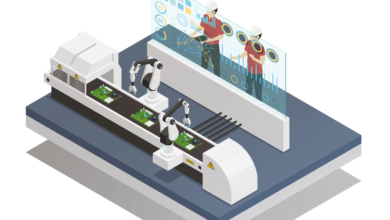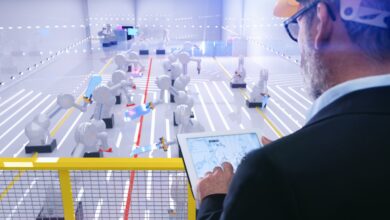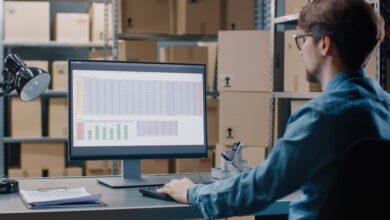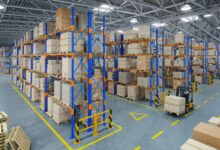Creating Digital Twins in Different Sectors with Simio
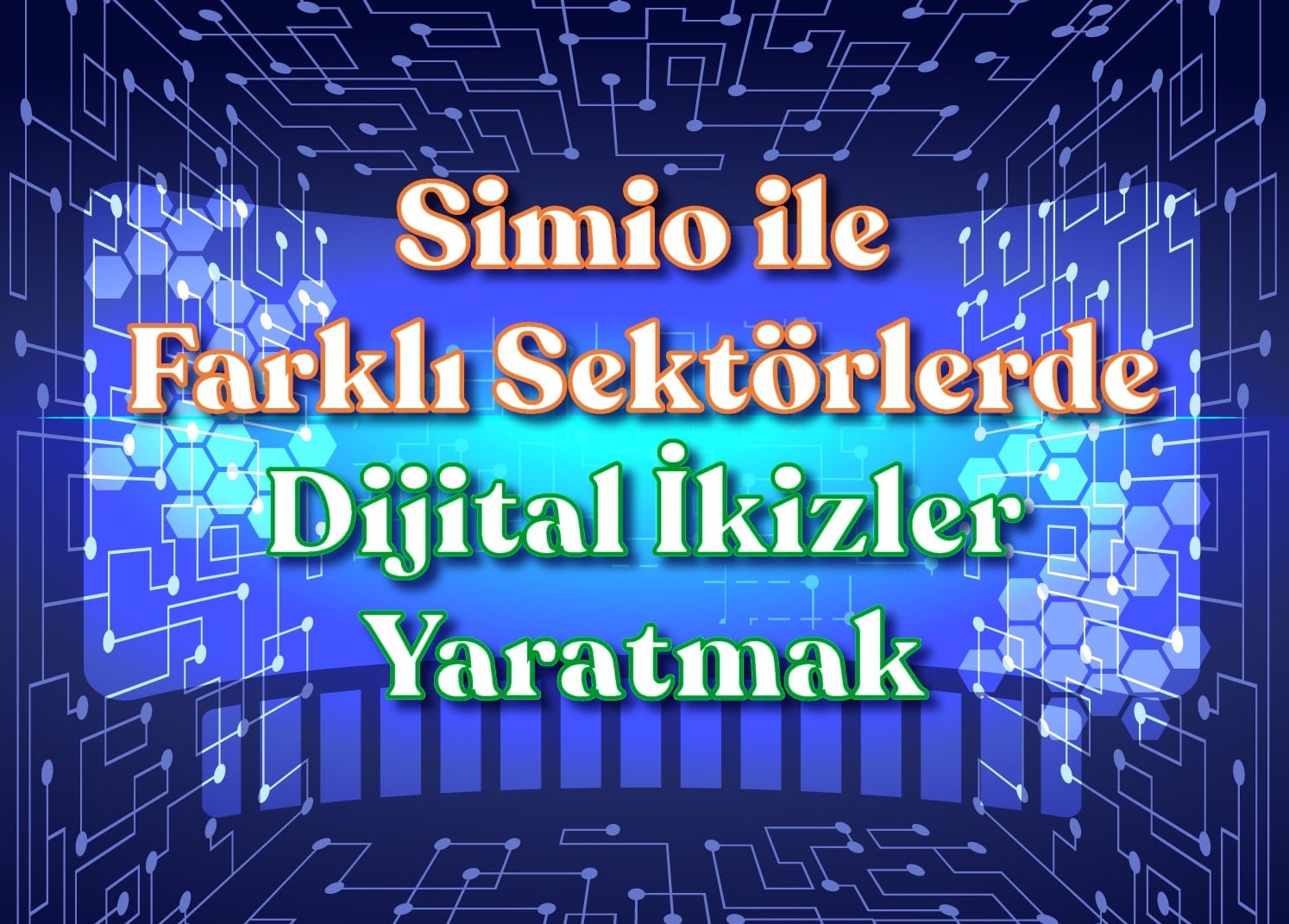
A digital twin is a complete digital replica of a system existing in the physical world. This technology emerges from Internet of Things (IoT) sensors collecting data from the physical world and sending it to machines for reconstruction. So, what can a digital twin do? It enables the improvement of operations, increases efficiency, and facilitates the discovery of issues. And most importantly, it accomplishes all of this in the real world before it even happens, thereby protecting the manufacturer from many financial and intangible risks. The benefit derived from a digital twin is to produce with much less risk and to make the manufacturer profitable enough to cover the investment made in the original system.
Why Do We Need Digital Twins?
Now, let’s consider three symbolic scenarios.
In the first scenario, imagine an offshore oil and gas facility located in the northern hemisphere. Engineers at this facility devote all their efforts to optimizing the use of goods, increasing production, and ensuring the safety of field workers. The distance of the oil and gas facility means that coastal workers cannot see specific problems, decisions are consequently delayed, and solutions to problems can take weeks to resolve.
In the second scenario, let’s imagine an automotive plant that experiences planning and scheduling issues due to a sudden increase in customer demand after the pandemic. Caught unprepared, the automotive manufacturer must accelerate production on one hand while improving product quality and reducing costs to avoid losing opportunities to rival companies on the other. The areas where the manufacturer is struggling to optimize resource utilization are apparent.
In the third scenario, let’s take a slightly more micro-level example of a restaurant. The restaurateur, who now serves meals to holding companies to expand their business, struggles to calculate the large customer base. To provide optimized service, this manufacturer must renovate its kitchen layout, perfect its inventory calculations, and have enough inventory to meet customer demand.
The digital twin technology is used to improve existing operations, train employees to predict new products and procedures before problems occur, thus protecting the manufacturer. This allows solutions to be devised before problems become expensive and complex. As shown in the examples above, the digital twin is not only for manufacturing plants but also a technology that can be used in every sector. Operations planning can be optimized, security can be ensured, and value-based service can be provided in every sector from large manufacturers to small businesses. In response to the challenges each sector faces, the Digital Twin can solve complex problems and develop a real-time understanding of operations.
Digital Twin technology is a powerful tool for asset management in businesses across all sectors. It offers operational performance, process control, planning, and optimized real-time monitoring. These are all benefits that this technology will provide you with. According to Gartner’s forecast, by 2022, 75% of businesses will transition to Digital Twin technology. Today, the latest technology innovation that helps businesses with complex processes; Simio Digital Twin
Utilizing Digital Twins to Solve Industry-Specific Challenges
If the digital twin of the oil and gas facility in the first scenario had been created, decision-making workers would have had a visual simulation of the operations at the general facility. This would have allowed relevant operators to anticipate specific actions and avoid damage. At this point, the Digital Twin technology, which can correct communication gaps between offshore workers and engineers onshore, would also help develop optimization strategies.
In the second scenario, if a digital twin were used, it could provide the automotive manufacturer with a warning of increased demand and the impact of this demand on the facility. This technology could reduce planning time by up to 30%, reduce operating costs by 15%, and correct planning errors by 70%.
In the third scenario, the restaurant owner could make more accurate decisions with the 3D visualization method provided by the Digital Twin. With the Digital Twin Technology that will develop an optimized arrangement, the restaurant owner can validate layout plans and train staff for any situation.
A real example corresponding to the scenarios above is CKE Holdings Inc., the owners of Hardees and Carl’s Jr. restaurants. They have used Simio Digital Twin technology to plan the layout and capacity of restaurants and kitchens, allowing them to manage an optimized process. Today, Simio Digital Twin has moved beyond the manufacturing sector and is used to analyze complex sector businesses. Different sectors can solve their specific challenges with this technology.
Sectors Where Simio Digital Twin is Used
Manufacturing Sector: Simio Digital Twin technology allows you to examine workshop performance, maintenance strategies, inventory and resource management, supply chain, and logistics processes. With this innovation, production quality can be improved, and various challenges in production operations can be solved with strategies developed to optimize them.
Aviation and Aerospace Sector: The aviation industry is a delicate structure. Various government regulations govern this sector due to the aviation equipment produced. With Simio Digital Twin, increased demand and material constraints can be planned. At the same time, strategies for increasing production lines and productivity can also be developed.
Health Sector: One skill that can be analyzed with a digital twin is the optimized care service that healthcare professionals will provide to patients. With the environment provided by this technology, personalized health services can be improved, operational strategies can be developed, and capacity plans can be optimized. Using Simio Digital Twin, a high-performance resource management path can be followed to improve the performance of a healthcare facility.
Supply Chain and Logistics Sector: Material logistics is highly important for industrial sectors. In this process, Simio Digital Twin provides tools to gain information about the entire supply chain consisting of storage and transportation processes.
Smart City, Real Estate Planning, and Management Sector: With appropriate verification, real estate plans can be smoothly initiated and managed. In addition, smart cities can be managed, and correct urban plans can be developed. At this point, the Digital Twin conducts site and city layout verification in a virtual environment. Simio Twin Technology smooths the operation of a city using smart city data. Because depending on this, variables that can affect building and housing management can be understood.
Defense Industry Sector: Facility planning is a point that the defense industry struggles with. In this planning, supply chain management, personnel training, and base planning are very important. Thanks to the Digital Twin, cost-effective solutions suitable for challenges can be offered because this technology can represent physical processes in the virtual world. At the same time, it can optimize facility plans for the defense industry and create high-performance supply chain simulations that deliver important deliveries on time.
You can confidently entrust your industrial processes to Simio Digital Twin technology!
